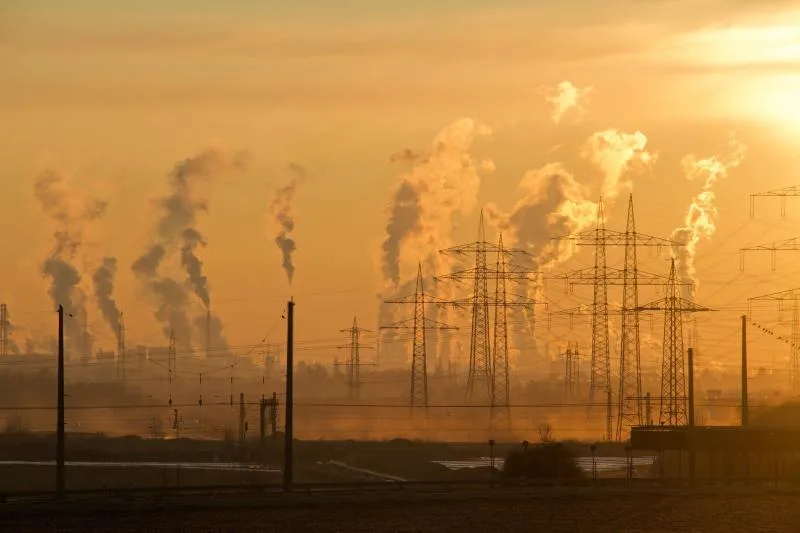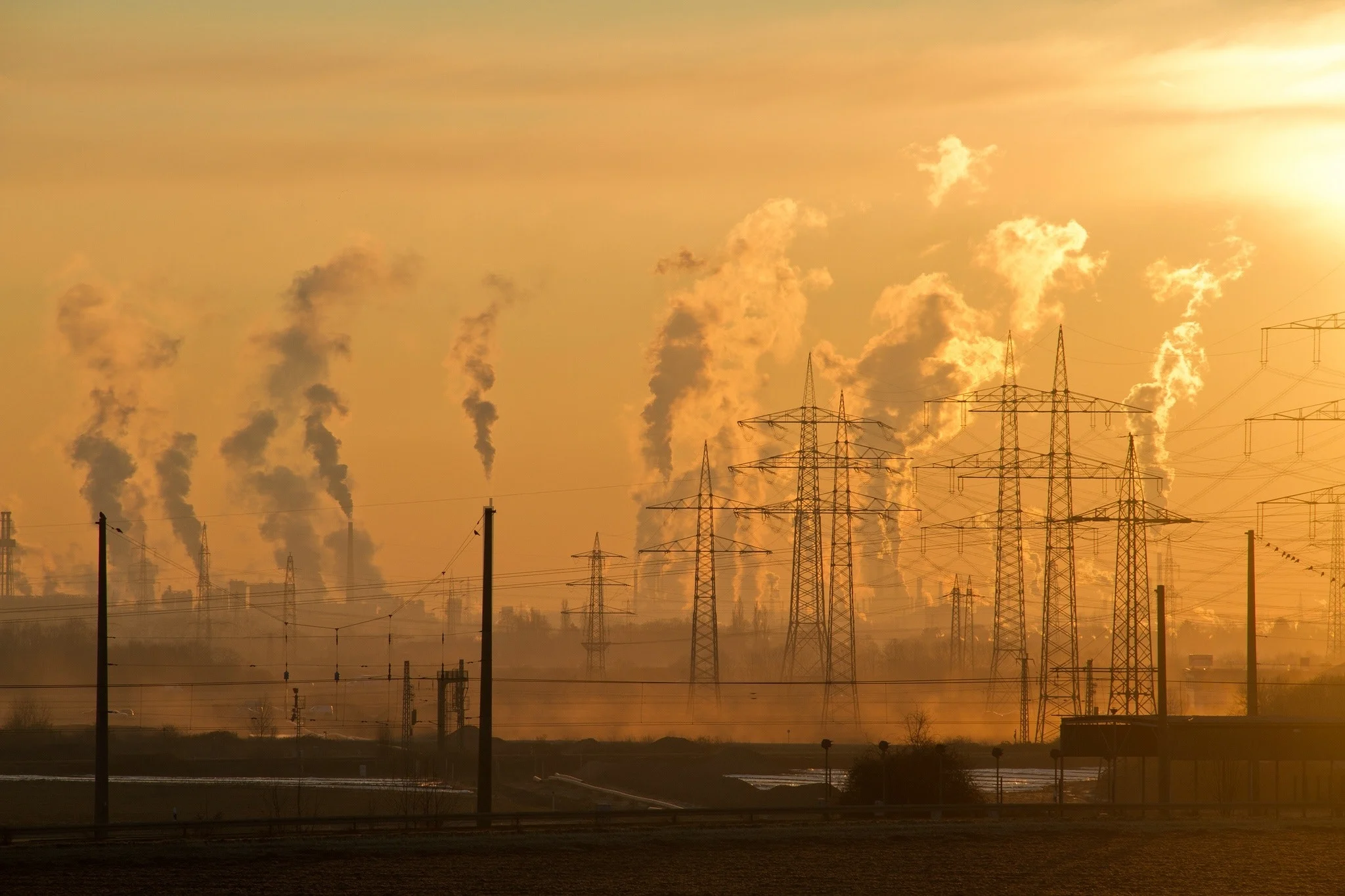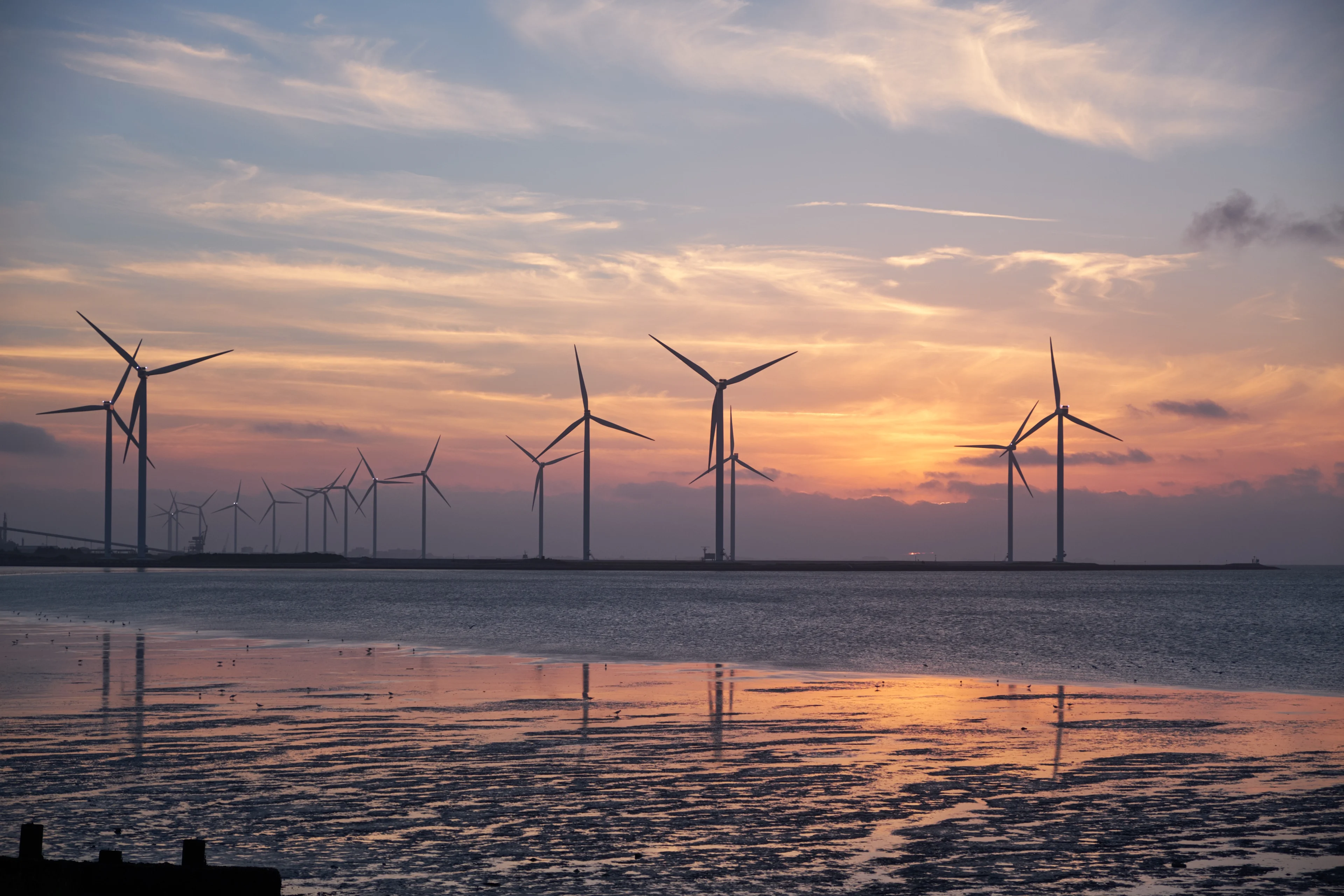
Thanks to COVID-19, Germany met its emissions targets right on schedule
The COVID-19 pandemic, combined with a longstanding renewables-friendly energy policy, helped Germany meet its 2020 emissions target, a new report says.
Though governments often only talk about their long-term emissions reductions goals, one major country has managed to hit theirs—though with more than a little help from COVID-19.
Germany’s greenhouse gas emissions, which have been on the wane for years, came in at around 722 million tonnes in 2020, down around 10 per cent from 2019, according to German think tank Agora Energiewende.
That’s a big deal for the country, which in 2007, set a goal to slash emissions by 40 per cent by 2020, compared to 1990 levels—2020’s actual reduction amounts to a 42.3 per cent cut, surpassing that goal.
But actually meeting that goal required the unwelcome aid of the global COVID-19 pandemic, which has been a big blow to transportation and industry worldwide. Had those sectors not been partially stalled, Agora Energiewende says, Germany would only have managed a 37.8 per cent reduction from 1990.
"Transport and industry will again emit more greenhouse gases once the economy picks up. And, in the energy sector, electricity consumption could outstrip the growth in renewables in 2021,” Agora Energiewende director Patrick Graichen said in a release. “We therefore expect more emissions overall in 2021. Only rapid climate policy action can counteract this trend."

Germany's emissions fell sharply in 2020, and the longstanding decline in fossil fuel power generation continued. Image: Pexels.
GERMANY’S FOSSIL-FUEL USE IN FREEFALL (MOSTLY)
By reputation, Germany is, in many ways, the poster child of energy transition, at least when it comes to a large industrial economy, and 2020 saw its use of most fossil fuels continue its sharp decline.
According to data compiled by the Fraunhofer Institute for Solar Energy Systems, coal use in Germany declined drastically in 2020, to less than a quarter of the country’s generation. However, natural gas usage rose significantly, offsetting fossil fuel generation decline slightly, though not enough to reverse it. In all, fossil fuels made up only 36.5 per cent of Germany’s power generation last year, while renewables edged up to just over 50.6 per cent. Most of the difference is made up of nuclear power, itself in decline as Germany gradually decommissions those plants.
Every form of renewable energy except for hydro grew its share of the German market in 2020, with two thirds of the growth coming from more offshore wind and good wind conditions, and most of the rest from solar, which supplied more electricity than anthracite coal for the first time.
But Agora Energiewende sounds less than bullish on wind, which, though up five points to 27 per cent of all generation, grew slowly compared to other renewables. Renewables growth in general was below the average in previous years as well, which Agora Energiewende says bodes ill for Germany’s 2030 climate goals.
"Instead, the growth of wind power must be tripled and solar power doubled in line with the installation rates we had a few years ago,” Agora’s Graichen says. “Germany has managed to increase the share of renewables in electricity consumption from 17 to 46 percent over the past ten years. We now need a similar effort consistently up to 2030."

Two thirds of renewables growth in Germany came from offshore wind, aided by good wind conditions. Image: Pixabay.
CANADA’S EMISSIONS DECLINE LIKELY ALSO DUE TO COVID-19
Like Germany, Canada’s energy generation mix is cleaner than most, with more than 80 per cent of generation coming from renewable and/or zero-emission sources, dominated by hydroelectricity and nuclear power. However, Canadians’ per-capita energy use is one of the highest in the world, according to a report last year, and two thirds comes from GHG-emitting sources, due to a continued reliance on fossil fuels for transportation and home-heating.
Finalized data on Canada’s own 2020 greenhouse gas emissions is hard to come by, but if the global trend is seen here as well, then they are likely to have declined, likely also due to the drastic fall in transportation and industrial emissions.
The Climate Action Tracker (CAT), a monitoring project led by two German climate science and policy institutes, estimated Canada’s emissions would be 11-13 per cent lower than 2019 at its last review in September last year. As with Germany, the big drivers of the decline were much lower levels of road transport, particularly from March to June. Domestic aviation was down 72 per cent year-on-year by April and the CAT says it's been slow to recover.
However, also like Germany, the CAT says the decline is likely to be temporary, and Canada is still likely to miss its 2030 targets without more active emissions-reduction measures.
“Whether and how any behavioural changes from the pandemic affects GHG emissions in the long-term is unclear,” the tracker’s analysis reads. “However, previous CAT analysis has shown that the extent to which recovery measures support green climate action has a much greater impact on lowering emissions in 2030 than the temporary drop in emissions due to the lockdown and associated economic impact.”











